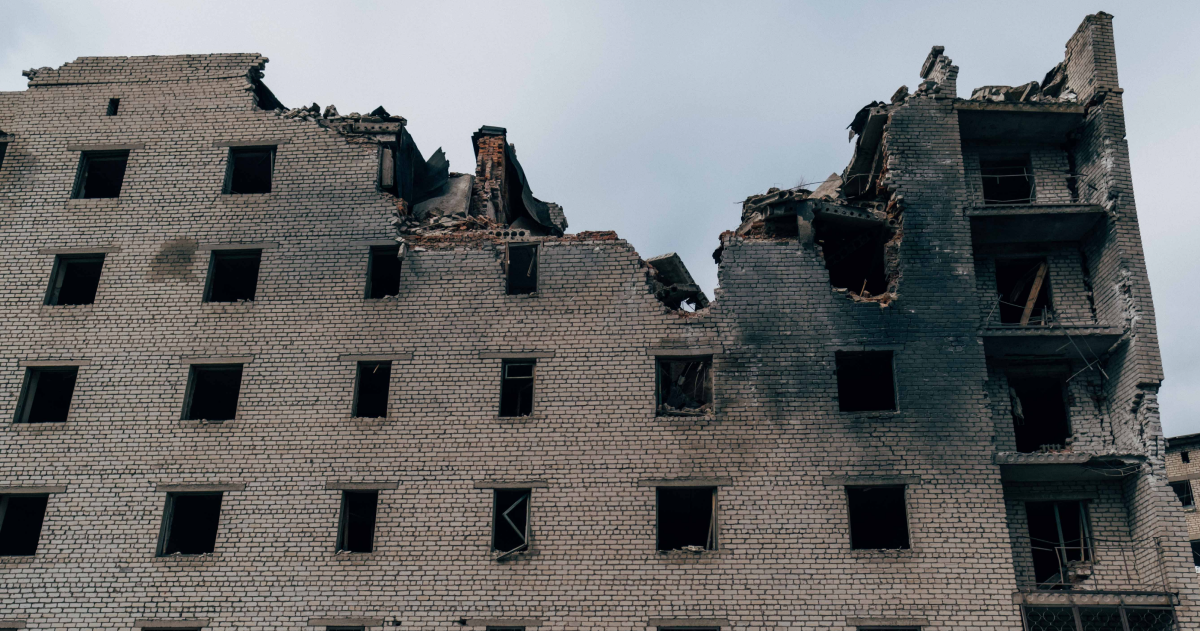Avdiivka: the city on the eve of the "closure"
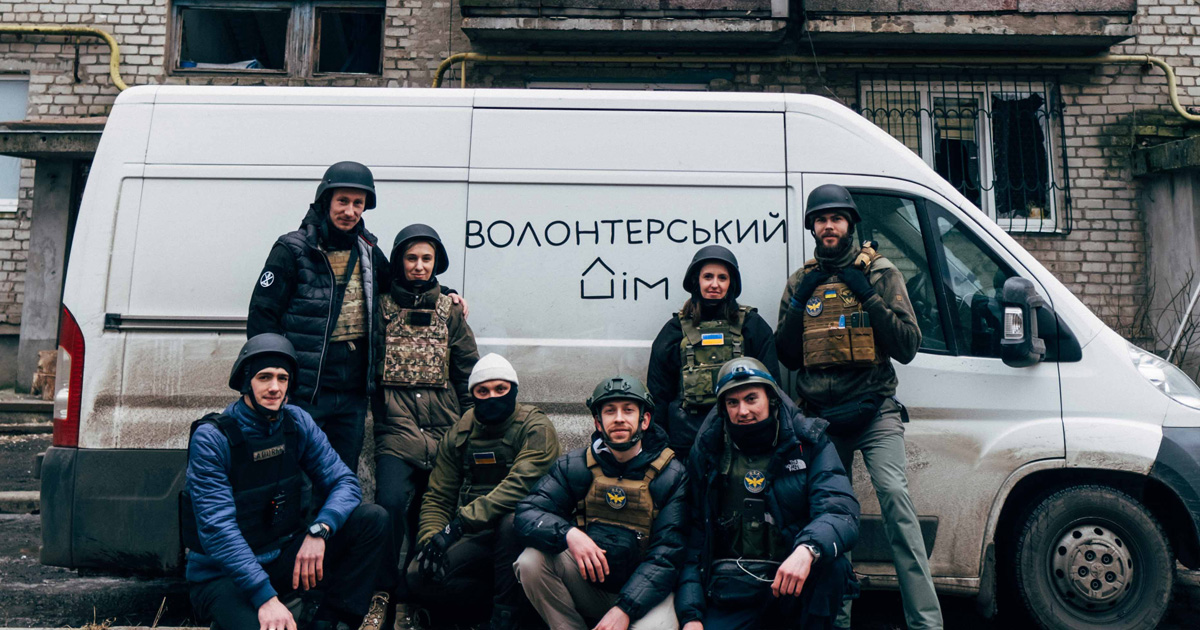
Avdiivka is a small town in the Donetsk region, like many others. Historians Stanislav Kulchytskyi and Larysa Yakubova explain that such settlements grew around industrial enterprises in the nineteenth century. They were primarily settled by peasants who depended on the state, not on their masters. According to historians, such settlements were Lysychansk, Novoekonomichne and Avdiivka.
Throughout most of history, the city was primarily mentioned with a comma. The Italian Gazzetta di Venezia wrote about the revolutionary events of 120 years ago: "The revolutionary movement is spreading by railway and has manifested itself in Bakhmut. The railway station workers revolted. [...] Army units were ordered to seize the railway stations of Hryshyno, Avdiivka, Yasynuvata".
This trend changed with the outbreak of the Russian-Ukrainian war in 2014. The town, located 15 kilometres from Donetsk, was the epicentre of the fighting and remained in the media. The combat activities near Avdiivka did not cease even after the active phase of the war was suspended.
In January 2017, militants of the illegal armed group "DPR" stormed the positions of the Ukrainian Armed Forces near the city and opened massive artillery fire, leaving Avdiivka without electricity, water and heating in the middle of winter.
Since the beginning of the full-scale invasion, there has also been fighting for the city. For a long time, the frontline hardly moved here. Finally, however, in March 2023, the Russians overcame the Ukrainian defences near the H-20 highway and began surrounding the city.
Avdiivka then returned to public attention, mainly focused on Bakhmut. On March 27, fighting broke out on three sides of the city. On the same day, the civil-military administration banned civilians from entering the city. It included volunteers and journalists visiting the town in March.
Svidomi talked to two of them and found out how they saw Avdiivka.
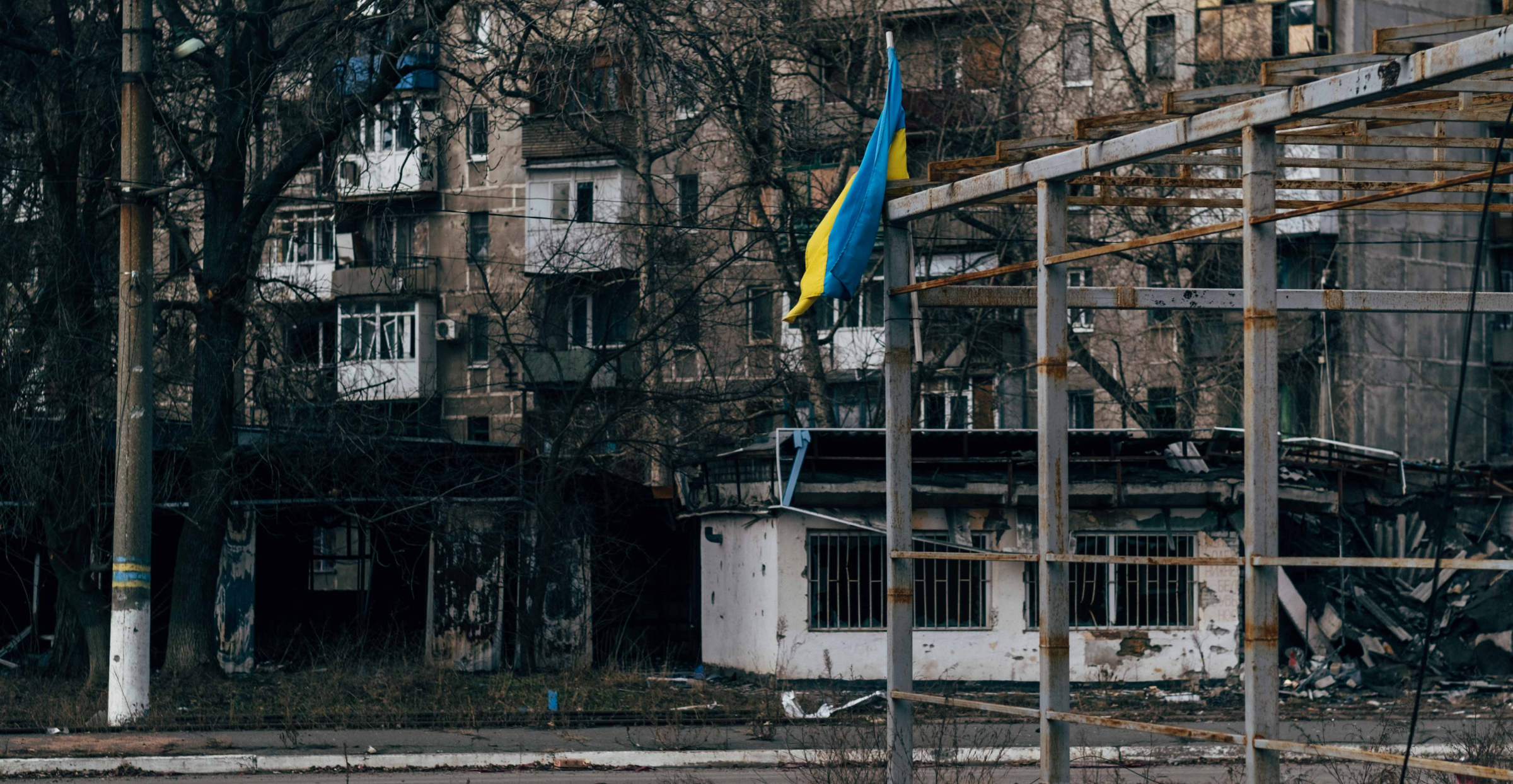
(Not) returning to childhood
Petro Batanov used to work as a director and producer in film and advertising projects. After the start of the full-scale invasion, he decided he should tell about the war through photography. He received accreditation from the Armed Forces and started taking pictures of the military, de-occupied and frontline settlements. He visited Sviatohirsk, Sloviansk, and Bohorodychne.
Since December 2022, he has been working with the Volonterskyi Dim volunteer organisation visiting Bakhmut with them. In February, the city was closed, so Volonterskyi Dim went to help the residents of Avdiivka.
"The situation in the city was critical at the time," Batanov says. However, this was not his first trip to Avdiivka.
Batanov grew up in Donetsk. "It was a big city back then," he says, unlike Avdiivka, which he visited frequently. He has fond memories of the city because people important to him lived there. Now he has neither acquaintances in Avdiivka nor contact with his relatives in temporarily occupied Donetsk.
However, this time Batanov visited a completely different city. "I walked the same streets and couldn't recognise them," he says.
It's not just the destruction the city has suffered during the full-scale invasion. It has changed over the previous eight years of the Russian-Ukrainian war.
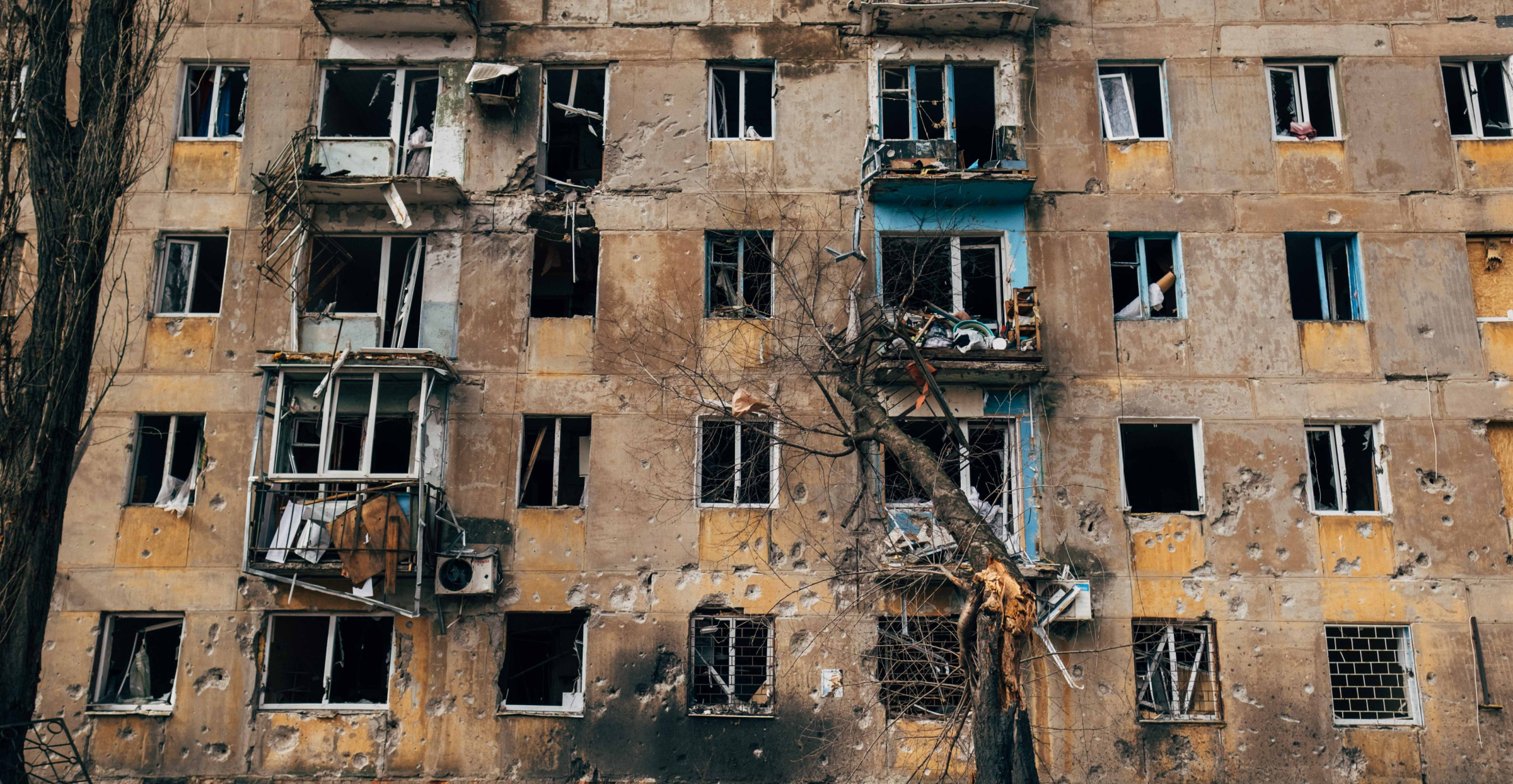
"You can see that the city attracted creative people and that the local authorities encouraged it," explains Batanov, adding that he did not expect to see so many murals and solar panels that can charge mobile devices in Avdiivka.
It is harder to see people in Avdiivka, although they are still there. Batanov recalls his acquaintance with a man named Fedir, who earned the title "Tanker": he lives in a basement that is closed with a lid like a tank hatch. He hardly ever comes out of there: he only comes up to the toilet or searches for food.
Fedir props up the lid of his shelter with the body of a detonated cluster bomb, as he is not strong enough to close and open the hatch on his own.
Batanov also met two women who were feeding pigeons. It is a rather unexpected activity for a frontline city. However, the fact is that the pigeons saved many residents of Avdiivka — when there was no food brought to the town, people ate pigeons.
"I was told they could be eaten but needed longer cooking," Batanov recalls.
However, he admits such stories are just the tip of the iceberg. "People don't want to tell what they've been through because they don't have time to tell everything. That's why talking hardly makes sense; people shut down and refuse a conversation," he explains.
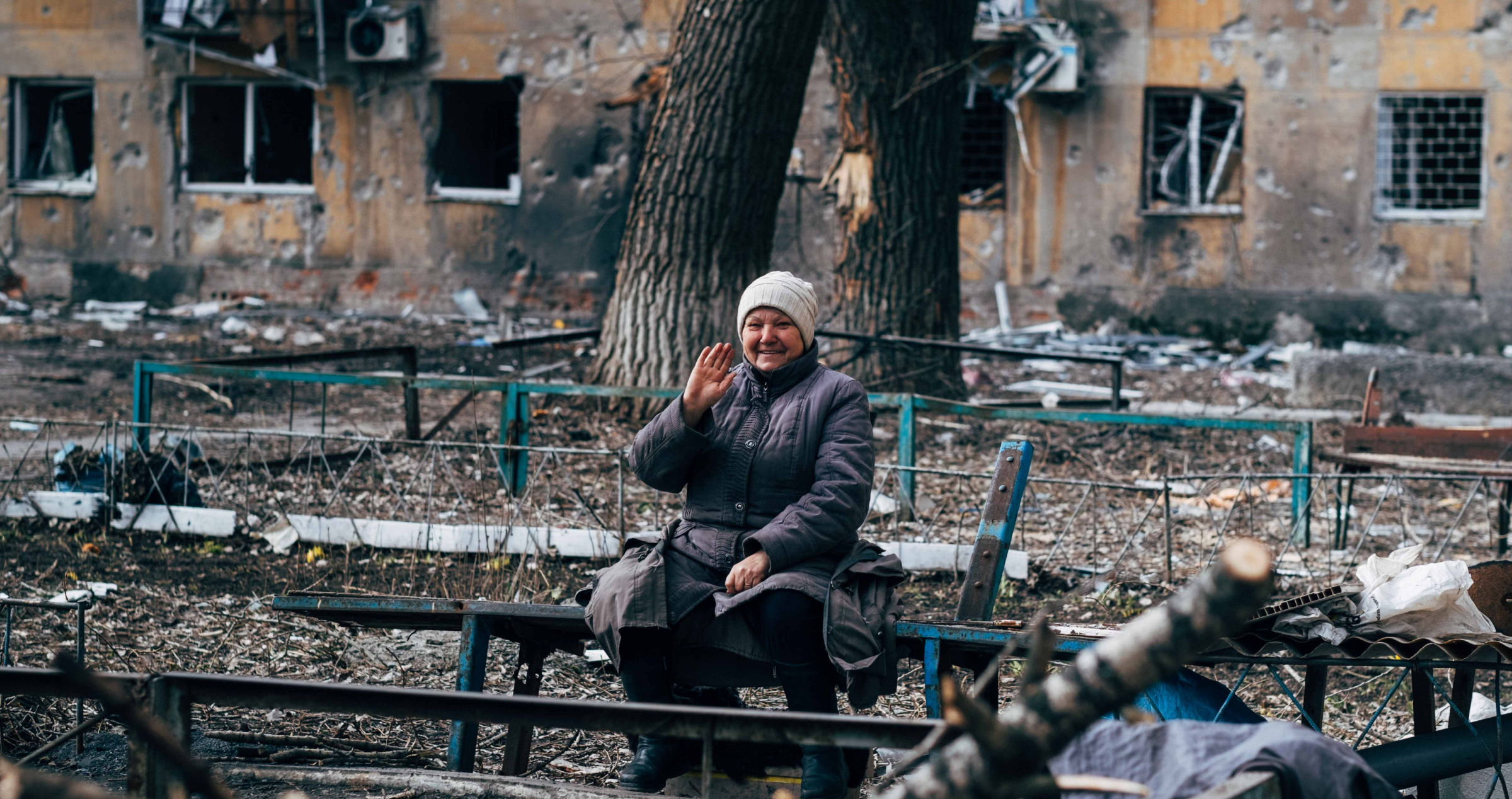
It is difficult to convince people that they need to leave the city. So Avdiivka residents are burying not only their stories but also their children. A resolution of the Cabinet of Ministers of Ukraine on the forced evacuation of children from the frontline came into force on March 10. However, when Batanov was in Avdiivka, he did not see any children — not because they were not there; some parents hid them from volunteers.
Shortly after Batanov left the frontline city, another photographer arrived in Avdiivka.
Familiar environment, new context
Ori Aviram came to the city with a volunteer team. Aviram is an Israeli photographer who has worked in East Asia and East Africa. So the military atmosphere and sounds of explosions are not new to him.
"I served in the Israeli army. So I was trained for this kind of environment," he explains.
But his previous experience is hard to compare with what he saw in Bakhmut. The situation Aviram found in Avdiivka was no better. He recorded a separate video explaining to his fellow citizens that Bakhmut is not the only city in Ukraine facing heavy fighting.
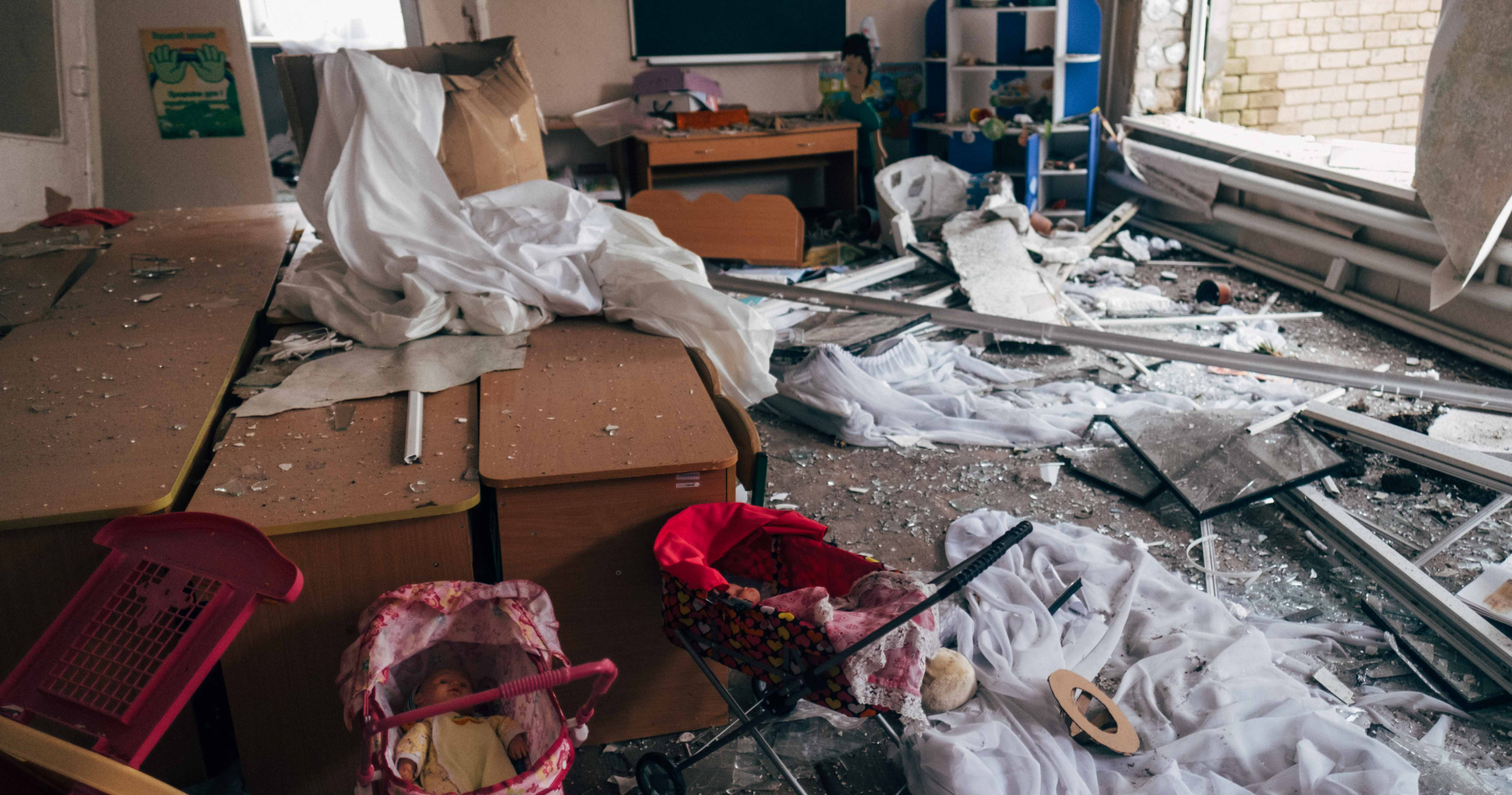
"At first glance, there are no residents in Avdiivka at all; the streets are empty," Aviram said. However, a little while after the volunteer team arrived in the city, people approached them to receive humanitarian aid.
Unlike Batanov, the Israeli photographer could not communicate with the locals because he does not speak the language. However, one can understand some things without language skills or detailed knowledge of the context. For example, the image of a playground in the middle of a destroyed city with an artillery cannonade.
On March 24, he left the city, hoping to come again as part of an evacuation team. Instead, three days later, the town was closed to civilians.
Avdiivka afterwards
Indeed, there are many towns like Avdiivka on the map of the Donetsk region. However, this town, which has been on the frontline for nine years, demonstrates that fighting for every metre of Ukrainian land is not just a beautiful metaphor. This process involves the destruction of homes and lives by the Russians.
Will Avdiivka survive? Will Batanov and Aviram be able to come back to the city? Unfortunately, the heroism of the frontline soldiers is not enough to answer these questions in the affirmative.
Only the constant and full support of the Ukrainian people can guarantee this. The destruction of one town after another by the Russians must not be allowed to become a sad but muted part of daily life.
